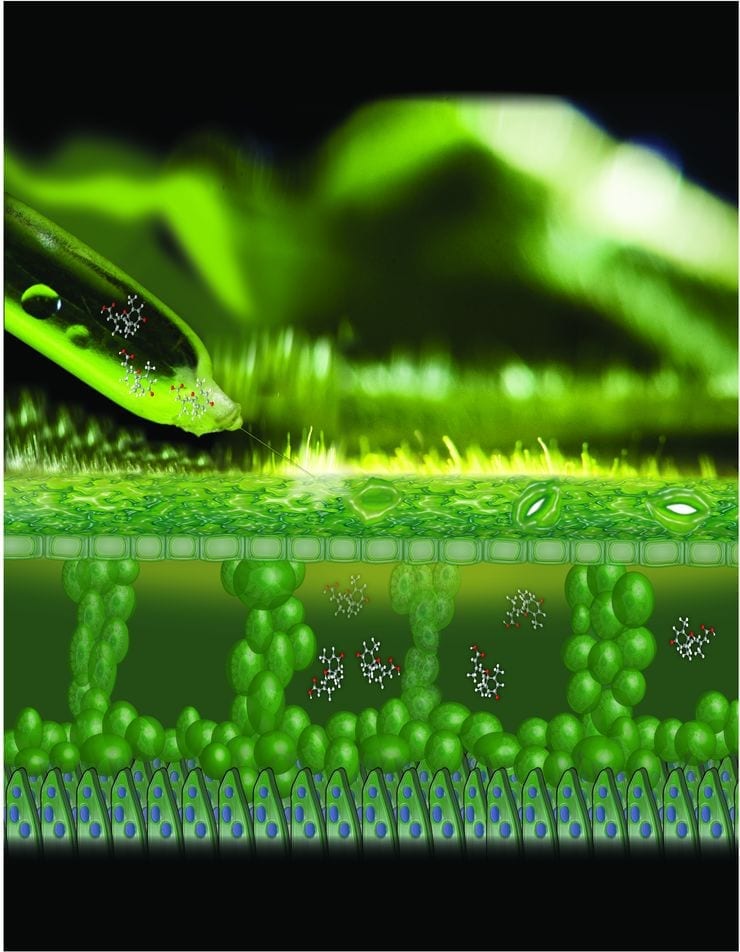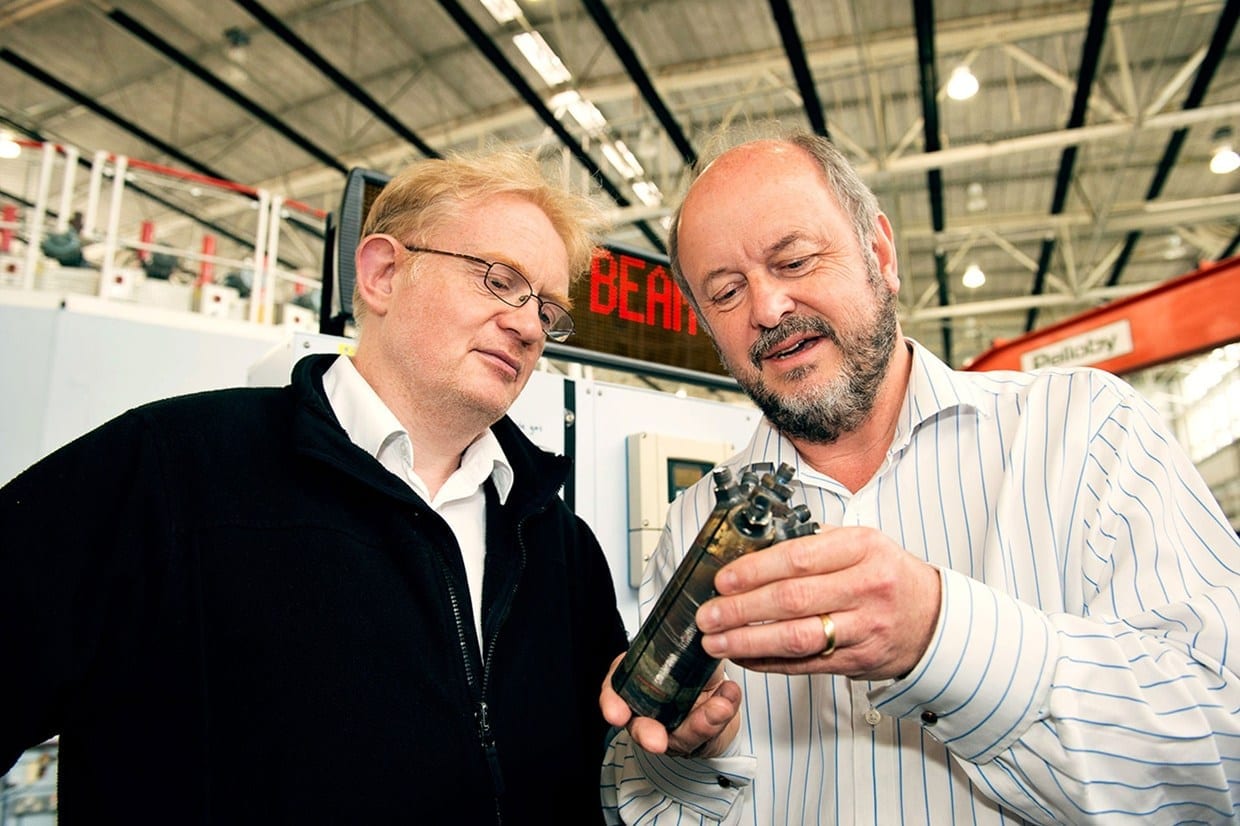Engineers at Stanford University are hoping that an emerging technology could someday be used to treat diseases in an entirely different way.
The engineers say the breakthrough started with the challenge of miniaturizing a small pacemaker. And for Stanford professor Ada Poon, Ph.D., it’s just part of a bigger plan to fight disease, by changing the way we think about electricity.
“We came up with a new way to wirelessly power tiny medical devices that could be placed very deep inside the body,” Poon said.
To charge those tiny devices without batteries, the Stanford team began experimenting with a new way to project electricity safely into the human body. The system they came up with employs electromagnetic waves similar to those used to power an electric toothbrush.
But researcher John Ho says once the waves enter the body, they begin a kind of natural acceleration.
“Taking advantage of the simple fact that properties of waves change as they move from one type of material to another,” Ho said. “These near field waves are converted into propagating waves. And they travel much farther than they would otherwise.”
Several inches into the body, in fact — deep enough to reach the miniaturized pacemaker and power it.
“We demonstrated we can blend the safety of the near field with the propagation of the far field,” Poon said.
Powering a new generation of miniaturized devices would be a medical breakthrough in itself. But the Stanford team believes their system has the potential to do much more, like treating disease with electricity.
Read more . . .
The Latest on: Bioelectronics
[google_news title=”” keyword=”Bioelectronics” num_posts=”10″ blurb_length=”0″ show_thumb=”left”]
via Google News
The Latest on: Bioelectronics
- A step forward for self-health monitoring—wireless charging through a magnetic connectionon April 30, 2024 at 9:43 am
Zheng Yan and a team of researchers at the University of Missouri have made a significant breakthrough in their ongoing development of an on-skin wearable bioelectronic device. Yan's lab, which ...
- Neurosoft’s Dr Nicholas Vachicouras on the evolution of neurological rehabilitationon April 30, 2024 at 3:01 am
Combining recorded brain data with electrical muscle stimulation could open new doorways for neurorehabilitation.
- Bioplastic “Alive” with Bacterial Spores Can Compost Itselfon April 29, 2024 at 5:00 pm
wearable bioelectronics, drug delivery systems, wound healing patches and self-regenerating skin.” Introducing live cells into polymer composites could significantly improve both their material ...
- What I learnt… from making 65 angel investmentson April 29, 2024 at 3:00 pm
Funding science start-ups that can make a difference in the world may have its own rewards, but you still need to see beyond the ‘shiny stuff’ ...
- Biological Indicator Vial Market Poised for 1.6X Growth by 2034, Fueled by Healthcare Safety Prioritieson April 29, 2024 at 7:43 am
The Biological Indicator Vial Market is poised for significant growth, with its size expected to increase from US$ 163.3 million in 2024 to US$ 265.9 million by 2034. During this period, a modest 5.0% ...
- Science Corporation acquires retinal implant from Pixium Visionon April 26, 2024 at 6:39 am
S cience Corporation, a brain-computer interface technology company, has announced the acquisition of intellectual property and related assets for the Prima retinal implant from French bioelectronics ...
- HKU Mechanical Engineering researchers develop miniaturised electric generators based on hydrogels for use in biomedical deviceson April 25, 2024 at 2:00 pm
The development of engineered devices capable of harvesting the body’s mechanical motion and converting it into electricity is crucial for the functioning of bioelectronics.Mechanoelectrical energy co ...
- The Rise of Natural Polymers: Pioneering Sustainable Material Developmenton April 25, 2024 at 6:42 am
By Taha Khan Apr 25 2024 Reviewed by Lexie Corner Natural polymers are complex molecules composed of long chains of repeating units found in nature. Derived from widely available renewable sources, ...
- Bioelectric Medicine Market Poised to Reach US$ 39.2 Billion by 2031on April 24, 2024 at 3:15 pm
Global Bioelectric Medicine Market was valued at US$ 24.6 billion in 2022 and is projected to hit market revenue of US$ 39.2 billion by 2031 at a CAGR of 6.41% During the Forecast Period 2023-2031.
- Quantum computing, AI, and semiconductor innovationson April 18, 2024 at 8:02 am
In the dynamic landscape of technology, quantum computing and artificial intelligence (AI) emerge as transformative forces, poised to revolutionize industries and reshape investment paradigms.
via Bing News











